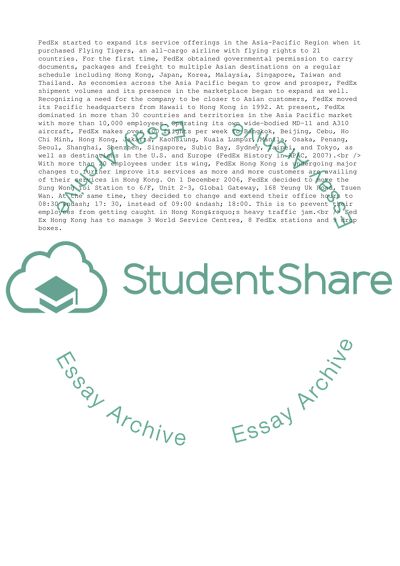Cite this document
(Strong Reputation of FedEx Company Research Paper, n.d.)
Strong Reputation of FedEx Company Research Paper. https://studentshare.org/business/1706149-managing-change
Strong Reputation of FedEx Company Research Paper. https://studentshare.org/business/1706149-managing-change
(Strong Reputation of FedEx Company Research Paper)
Strong Reputation of FedEx Company Research Paper. https://studentshare.org/business/1706149-managing-change.
Strong Reputation of FedEx Company Research Paper. https://studentshare.org/business/1706149-managing-change.
“Strong Reputation of FedEx Company Research Paper”. https://studentshare.org/business/1706149-managing-change.


